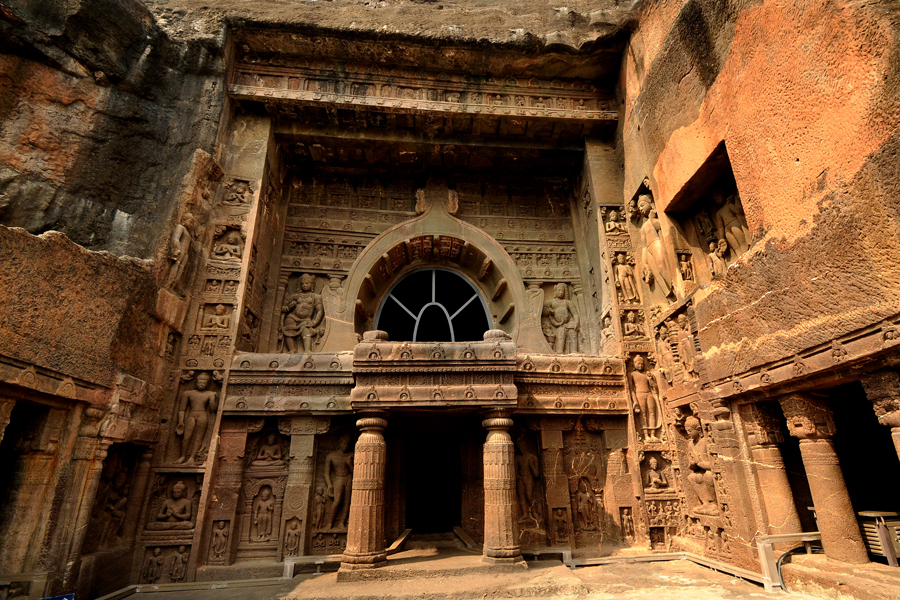
Architectural Wonders of India
Discover India’s diverse beauty, from architectural wonders like rock cut caves Elephanta, Ajanta & Ellora to marvelous wonder Taj Mahal.Indian architecture has always been inquisitive due to its magnanimity and the arty creations. In this tour, we are trying to take an overview of such amazing Indian architectures! Apart from that there are a great opportunity to get to know locals, customs, fest, diverse scenery,museums, beaches, places of worship and many mores…
Day 01: Mumbai

Welcome to India’s financial capital Mumbai (formerly called Bombay).It’s also known as city of dreams, where people land up, with big ambitions of their own. It is the perfect blend of culture, customs and lifestyles. Mumbai is India’s most cosmopolitan city, its financial powerhouse and the nerve center of India’s fashion industry.
Arrive International Airport, meet with our representative who will assist you with transfers and smooth hotel check in.
Spend rest of the day at leisurely. (Standard Check in time for every hotel is 02:00PM. Early check in is subject to availability)
Overnight stay at hotel.
Day 02: Mumbai
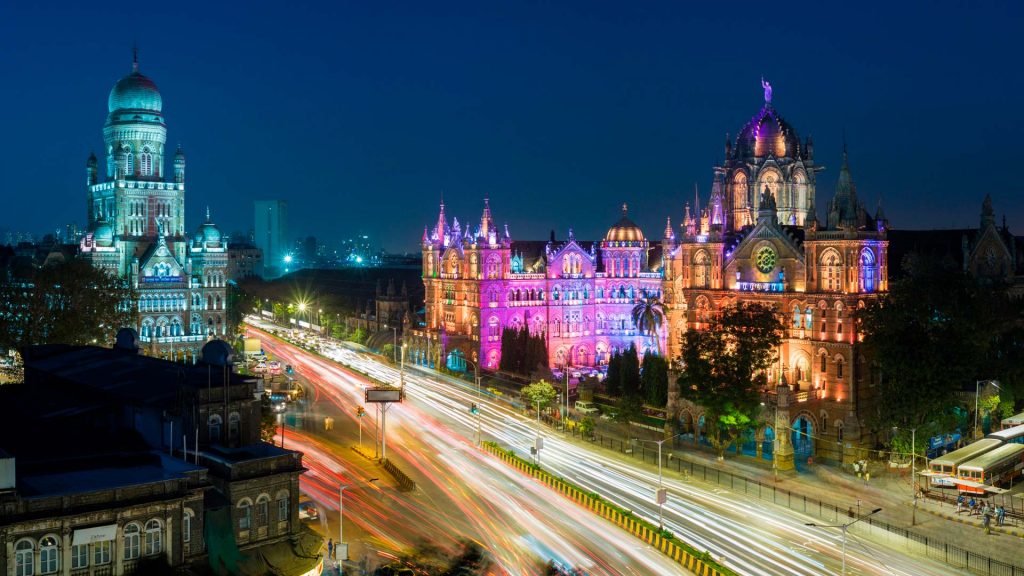
After breakfast proceed to Mumbai sightseeing tour visit the Elephanta Caves located on the Elephanta Island. Enjoy a ferry ride from the Gateway of India to the Elephanta Caves built between 5th-8th centuries. These caves are originally a set of rock-cut cave temple. An impressive Trimurthi featuring the three aspects of Lord Shiva: Creator, Protector and Destroyer is the prime highlight of this cave temple. Return back by ferry and explore the Gateway of India – Built in honor of King George V and Queen Mary’s visit to India in 1911. Next, visit the Prince of Wales Museum, also called ChhatrapatiShivajiMaharajVastuSangrahalaya, built during the early 20th century. This museum is a blend of Indo-Saracenic architecture with an impressive Mughal white dome atop the museum. It is said to have around 2,000 miniature paintings along with artifacts belonging to the Indus Valley civilization. Later, visit the Hanging Gardens established in 1880 at the Malabar Hills. A splendid view of the Arabian Sea adds to the beauty of this natural realm. A striking flower clock is the main attraction here. End your Mumbai sightseeing tour with evening visit to the Marine Drive (Queens Necklace). It is the heart and soul of Mumbai stretched across the coast of Arabian Sea. At night, it is lit with lights and looking like a dazzling necklace and this is why, it is called Queens Necklace. Overnight stay at hotel.
Day 03: Mumbai – Nashik (170Kms/04 Hrs.)
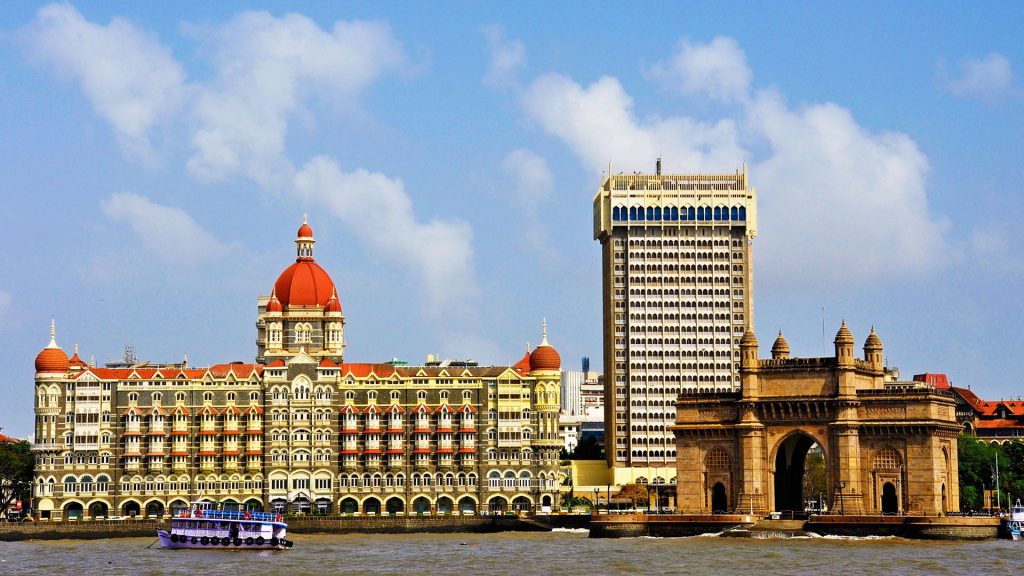
After breakfast drive towards Nashik, upon arrival check in to the hotel.
Later take a trip to Sula Vineyards, located in the Western Ghats and at 600 meters above sea level, the heavy clay, and the cool nights give the vineyards optimum atmosphere to grow splendid grapes for wine.You will take a walk through the vineyards and learn with a professional winemaker, to how the process of winemaking proceeds. You will complete the process by enjoying a wine tasting session. Six wines will be provided for you to taste. Later enjoy lunch at the Vineyards café. Overnight stay at hotel.
Note– Tours & Tastings are held every hour from 11:30am to 6:30pm of the week except dry day.
Day 04: Nashik – Aurangabad (195 Kms/4.5 Hrs.)
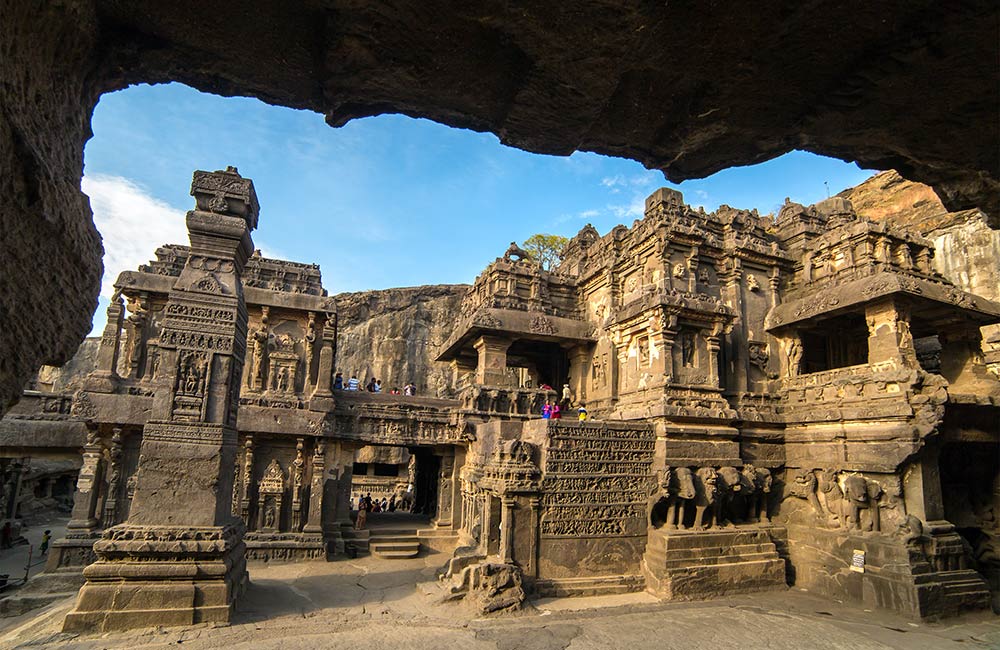
Today we drive towards Aurangabad one of the oldest cities of India famous for rock cut temples. En-route we explore Ellora cave, one of the highly visited World heritage sites of India. Ellora dates back to about 1,500 years ago, and is the epitome of Indian rock-cut architecture. The 34 caves are actually Buddhist, Hindu and Jain religious monuments carved in the rock. Created between the 6th and 10th century, the 12 Buddhist, 17 Hindu and 5 Jain caves carved in proximity at Ellora are proof of the religious harmony prevalent during this period of Indian history. After visit proceed to Aurangabad.
Upon arrival check in to the hotel. Overnight stay at hotel.
Day 05: Aurangabad

After breakfast take an excursion tour to the famous Ajanta caves. Nestling in an inner fold of the Sahyadri hills, 105kms from the city of Aurangabad in the shape of a mammoth horseshoe are the 30 rock-hewn caves of Ajanta, dating from 2nd century B.C. Discovered in 1819, by a group of British Offcers.They cover a span of 800 years where under the royal patronage of ruling dynasties, professional artists helped Buddhist monks to create magnificent murals narrating the story of Buddha in his cycle of incarnations, while simultaneously creating a painted record of the panorama of life in ancient India. Etched and painted in mineral dyes, the paintings have a languorous stylized beauty and magical eloquence.
Later return back to the hotel. Overnight stay at hotel.
Day 06: Aurangabad – Delhi (Flight AI442: 1720/1910 Hrs.)
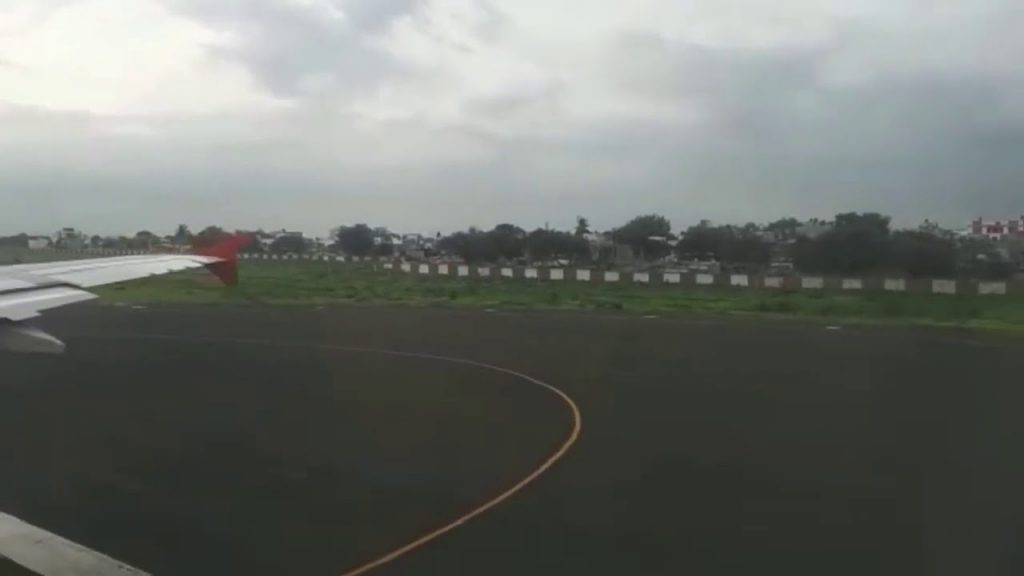
After breakfast proceed for city sightseeing tour visit Bibi – ka – Maqbara built by Aurangzeb’s son as a tribute to his mother with the same architectural sensibility that gave form to the Taj Mahal at Agra.Bibi-ka-Maqbara is the final resting place of DilrasBanu Begum (1622-1657). Known posthumously as Rabia-ud-Daurani (Rabia of the Age), DilrasBanu was the first wife of Emperor Aurangzeb, the last of the great Mughal emperors. Next visit The PaniChakki is a late 17th century water mill that displays the engineering skills of Malik Ambar, the architect of Aurangabad City. It receives water from an underground channel, with its source being 6 km away in the mountains. An artificial waterfall has been created near the mill, through which this water is discharged on to the wheel to power the flourmill and grind grain for the pilgrims.
Later transfer to the airport to connect flight for Delhi, upon arrival meet with our representative and transfer to the hotel.
Overnight stay at hotel.
Day 07: Delhi
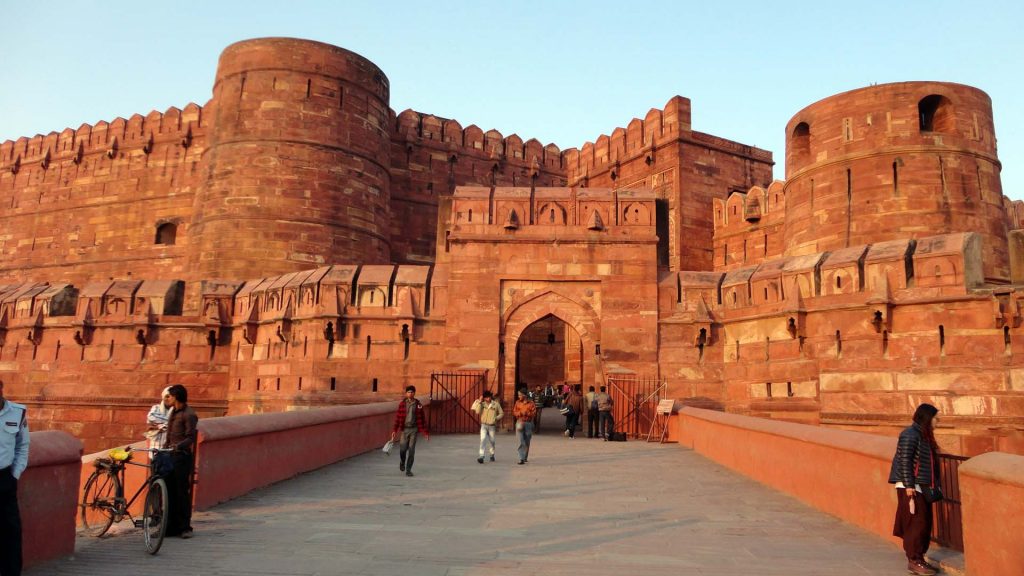
After breakfast at hotel you will set out on a full day tour of combined Old & New Delhi. The tour begins in Old Delhi with Jama Masjid India’s largest mosque, the Jama Masjid, beautifully decorated with paintings, inlaid stones, carvings and glazed tiles and then a unique glance at local life by an exploration to the bustling local bazaar of Chandni Chowk once the grandest Indian market. Enjoy a rickshaw ride in this street.
Drive pass by Red Fort before driving to New Delhi. Enjoy the calm serenity of the Gurudwara Bangla Sahib and witness the Langar (free kitchen), where everyone is welcomed and fed a vegetarian meal, irrespective of color, cast, creed, age or gender.
Continue drive along the city landmarks of India Gate, President’s House, Parliament House & Government Secretariat Buildings and stop for photo opportunity there.
Next visit Lotus Tempe(closed on Monday) one of the marvels of modern architecture. The temple gives the impression of a half-open lotus flower afloat, surrounded by its leaves. The shining pure white marble, the majestic dome, the petals clearly standing out create a sense of grandeur and awe.
Conclude the tour at 11th-century Qutub Minar – Standing 73 foot tall, this five-storeyed tower, a UNESCO World Heritage Site, remains one of the most magnificent buildings of India from the medieval era. Return back to hotel.
Overnight stay at hotel.
Day 08: Delhi – Agra
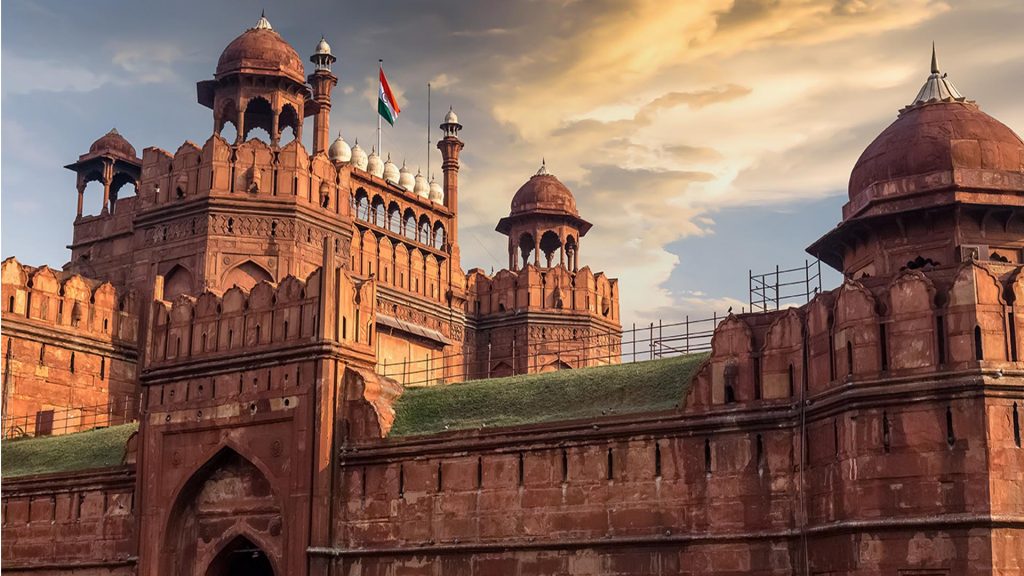
This morning transfer to the railway station to connect train to Agra
Train: Gatimaan Express
Dep. 08:10 HRS.
Arr. 09:50 HRS.
Upon arrival meet with our representative and transfer to the hotel.
Proceed to explore the remarkable Agra Fort UNESCO World Heritage Site, made using red sandstone and marble and features the Mughal style of architecture. There are splendid rooms, magnificent mosques, and beautiful halls inside this fort. The main structures and monuments at the fort include public and private halls called Diwan-i-Am and Diwan-i-Khas, royal pavilions that house masjids, royal baths made using marble, a mirror palace or Sheesh Mahal, and courtrooms, among others.
Optional – Kachhpura village walk– a rural side of Agra located across the river Yamuna. In this heritage walk, the guide will take you through the narrow hives of beautiful lanes of the village. During the trip you will get to see the famous Baoli of Mughal period, Humanyun Mosque, Villager’s hand-made crafts and paintings. You will come across various monuments and structures from the Mughal era still stand.
Next visit MehtabBagh situated on the opposite bank of the Taj Mahal from where you will have the opportunity to watch the Taj Mahal during sunset. The site is also associated with the myth of similar black Taj, but the excavations have provided ample evidence for a garden complex. This is also corroborated by a letter of Aurangzeb, addressed to Emperor Shah Jehan stating the condition of this garden after a flood in 1652 AD.
Later visit a workshop to experience Marble Inlay Work – The most famous stone arts in the country is the inlay or crafting work done with marble stones. The craft flourished and reached its peak during the Mughal era especially after the construction of the Taj Mahal.
Optional – An amazing local social enterprise, Sheroes Hangout, is located about 10-minutes from the Taj Mahal and is an excellent place to stop for a cold drink, coffee or light meal while you are here. The initiative is part of the Stop Acid Attacks campaign and staffed by survivors.
Overnight stay at hotel.
Day 09: Agra – Jaipur (232 Kms/05 Hrs.)
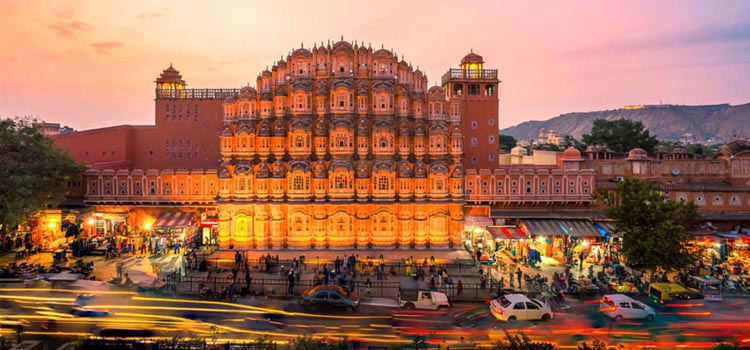
Early morning visit Taj Mahala symbol of love (closed on Friday) by sunrise. The Taj Mahal, a mausoleum of white marble, was built between 1631 and 1648 in memory of Emperor Shah Jahan’s favorite wife Mumtaj Mahal. Taj Mahal is admired across the world as a masterpiece of Indian art – a UNESCO world heritage site.
The Indian poet Rabindranath Tagore called the Taj Mahal a “teardrop on the cheek of time.” It remains a testament to the grief—and power—of an emperor.
Return back to hotel for breakfast.
Morning drive towards Jaipur en-route stop at Fatehpur sikri – a city predominantly in red sand-stonebuilt by the Mughal EmperorAkbar. He shifted his residence and court from Agra to sikri, for a period of 13 years, from 1572 to 1585 to honour the Sufi Saint, Sheikh Salim Chishti, who resided here.He had planned this city as his capital but shortage of water compelled him to abandon the city. Some important structures here are Diwan-I-Am, Diwan-I-Khas, the private living quarters, Jodhabai’s Palace, Birbal’s Palace, Panch Mahal, Salim Chishti’s Tomb, Jama Masjid, Buland Darwaza, and many more. You will also have the chance to explore the ancient India water conservation system at Chand Baoli, before arriving in Jaipur.
Upon arrival check in to the hotel.
In the evening witness Aarti at the beautifully carved Lakshmi Narayan temple.
Overnight stay at hotel.
Day 10: Jaipur
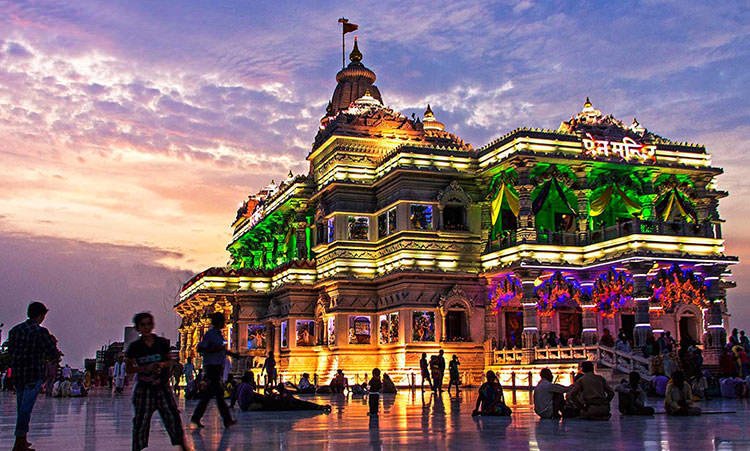
This morning take an excursion tour to the magnificent Amber Fort located a distance of about 11 kilometers from Jaipur.Accent the fort riding on Jeep. Amber was the capital of Jaipur in early days during the rule of Kachhwahas from the 11th to the 16th century. Later Raja Man Singh built this fort and expanded Amber. The fort is dived into four part, each having separate entrances. SurajPol“Sungate”is the main entrance to the fort, this entrance faces east. Once we enter in to the fort, the fort has lot of interesting things to flaunt. Every part of this palace is an amazing work of art.The “Magic flower” a fresco carved out of marble stone is a major attractionhere.
Drive back to Jaipur en-route stop at HawaMahal. HawaMahal is famous for its windows or ‘Jharokhas’ which enable free circulation of air within the structure. Though many reasons are cited behind the construction of the fort, Purdah system followed by the Rajputs is said to be one of the main causes. During those days, Rajput royal women did not appear in public or in front of strangers. However, they were keen to follow the day-to-day events and royal processions occurring on the streets. It is for their benefit that the HawaMahal was built, complete with small windows and screened balconies. This gave the women a sense of freedom, without appearing in public.
Explore the City Palacea spectacular example of the unification of Rajput and Mughal architecture. Commissioned to be built by the founder of Jaipur, Maharaja Jai Singh II, this lavish palace includes the living quarters of the erstwhile royal family. The palace also boasts several rare artworks. Next visit the Jantar Mantar astronomical observatory.
This evening enjoy a culinary experience and dinner with a local noble Indian family where you can learn about exquisite dishes and also local cultures including saree draping.
Overnight stay at hotel.
Day 11: Jaipur - Delhi (260 Kms/06 Hrs.)

This morning join a local bicycle trip to have a close look of Pink City –
06:30 – Meeting the team at Jal Mahal
07:00 – Hike to the top of Mountain&Yoga experience
07:45 – Spot the Gentle Giants – a visual symphony to look at the rows of these majestic giants entering into the grand palace of Amber Fort with a graceful gait.
08:15 – Get mesmerized with the beautiful architecture
09:00 – Concluding the trip at Ankohi Museum
Return back to hotel for breakfast.
Later drive towards Delhi, upon arrival transfer to the International airport to connect flight for your onward destination.
